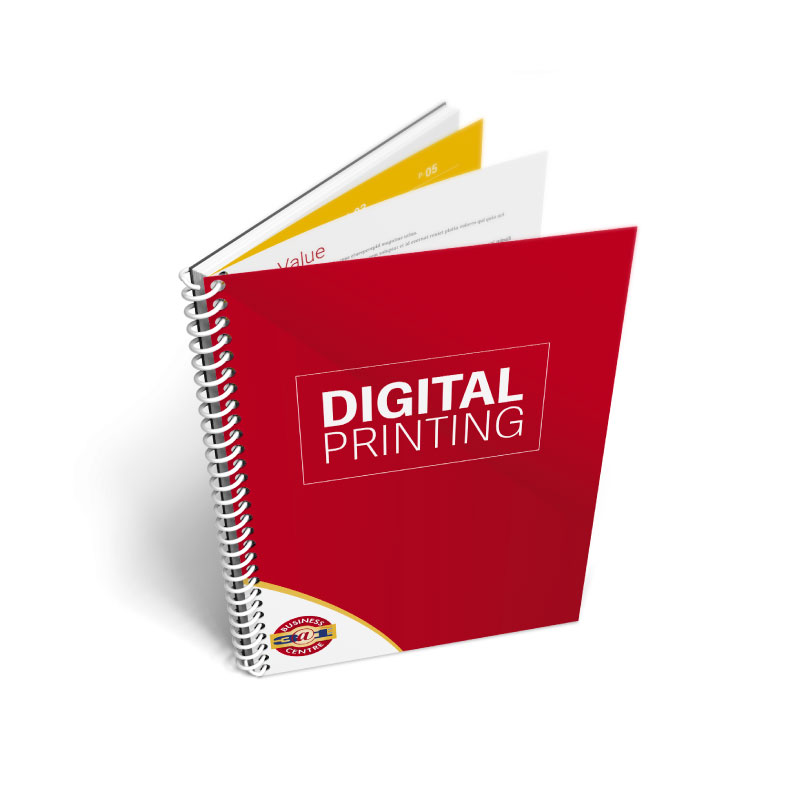Comprehending How Digital Printing Transforms the Printing Sector
The printing industry, long steeped in typical methods, is going through an extreme transformation with the introduction of electronic printing. This innovative innovation, which shuns the need for printing plates, allows fast manufacturing and customization, reshaping the landscape of print communication. With its prospective to stimulate involvement through personalized content and to use lasting remedies, it's clear that digital printing is greater than a technical breakthrough; it's a pivotal game changer. Just how specifically does it change the sector? Allow's discover.
The Evolution of Digital Printing: A Quick Review
Given that its inception, electronic printing has gone through considerable makeovers, continually transforming the printing sector. With the arrival of the 90s, electronic printing technology began to grow, and the sector witnessed the intro of direct imaging presses, which removed the need for printing plates. As the brand-new millennium unravelled, developments in modern technology further spurred the development of electronic printing, leading to the creation of high-speed inkjet printers.

Unpacking the Modern Technology Behind Digital Printing
Digging into the ins and outs of digital printing modern technology, one experiences an abundant tapestry of sophisticated machinery and complicated algorithms. At the heart of this procedure lies an electronic image, which is refined by software that splits it into a grid of dots. These dots are after that exchanged an electronic code. This code is translated by the printer, which utilizes it to precisely transfer droplets of ink onto the substrate. The beads are so small and specific that they create a picture that is virtually identical from the initial. This intricate system, boosted by advanced software application and high-resolution imaging, has actually transformed the landscape of the printing market, leading the way for unmatched degrees of information and accuracy.

The Benefits of Digital Printing for Companies
Recognizing the innovation behind electronic printing offers a clear image of its precision and information. For businesses, this equates into many benefits. Electronic printing supplies extraordinary speed, making it possible for companies to meet tight deadlines without endangering on high quality. Next, it decreases expenses as there are no plates or physical configuration, making it excellent for small-volume printing tasks. Moreover, this innovation offers exceptional uniformity with each print outcome, removing variants frequently seen in standard approaches. Finally, electronic printing is eco-friendly, making use of much less ink and generating much less waste. The full potential of digital printing is understood when made use of for modification and customization, a subject that will be covered in depth in the next area.
The Role of Digital Printing in Modification and Personalization
While standard printing techniques struggle with modification and personalization, digital printing excels in these locations. It enables for the easy change of styles, without the need for expensive and lengthy plate changes (print on demand). This makes it possible for services to tailor items to private customers, conference particular demands and improving customer contentment
Digital printing also enables variable data printing, where aspects such as message, graphics, and photos may be altered from one published piece to the next, without decreasing the printing procedure. This is particularly valuable for direct advertising projects, where tailored messaging can considerably enhance reaction rates. By doing this, digital printing not just revolutionizes the printing market however additionally changes the way companies interact with their consumers.
Evaluating the Environmental Impact of Digital Printing
Although digital printing has been admired for its function in modification and customization, it More Info is essential read to examine its environmental effect. Digital printing can be less wasteful than standard approaches, due to the fact that it operates a 'print as needed' basis, eliminating the need for large print runs that can result in surplus and waste. Additionally, it uses fewer chemicals and produces much less unpredictable natural substances (VOCs) contrasted to counter printing. The energy usage of electronic printers can be high, leading to raised carbon impact. The usage of non-recyclable printing elements and the difficulty of e-waste management pose substantial ecological worries. For that reason, while digital printing has numerous benefits, its ecological effect should be diligently taken care of.
Conclusion
In verdict, digital printing has actually transformed the printing market, offering fast, cost-effective, and high-grade options. It facilitates personalization, enhancing client involvement, and employs a lasting print-on-demand model. As this innovation remains to develop, its influence on business communication, consumer complete satisfaction, and ecological sustainability comes to be progressively extensive. Recognizing these changes sites is vital for businesses to take advantage of the advantages of electronic printing effectively.